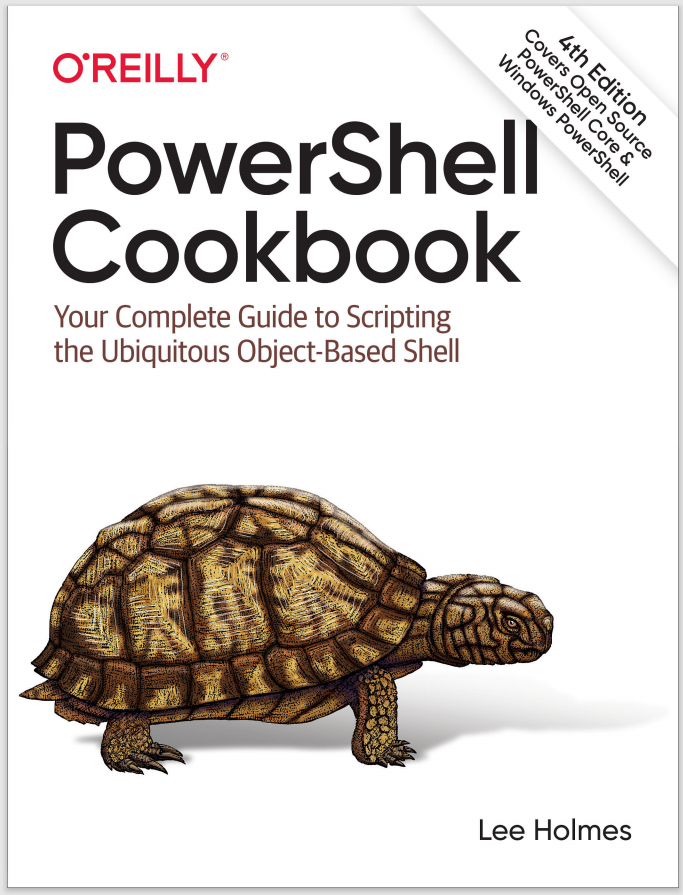Discussion
Variable substitution in an expanding string is a simple enough concept, but subexpressions deserve a little clarification.
A subexpression is the dollar sign character, followed by a PowerShell command (or set of commands) contained in parentheses:
$(subexpression)
When PowerShell sees a subexpression in an expanding string, it evaluates the subexpression and places the result in the expanding string. In the Solution, the expression '-' * $header.Length tells PowerShell to make a line of dashes $header.Length long.
Another way to place dynamic information inside a string is to use PowerShell’s string formatting operator, which uses the same rules that .NET string formatting does:
PS > $header = "Report for Today"
PS > $myString = "{0}`n{1}" -f $header,('-' * $header.Length)
PS > $myString
Report for Today
----------------
For an explanation of PowerShell’s formatting operator, see Recipe 5.6. For more information about PowerShell’s escape characters, type Get-Help
about_Special_Characters.
